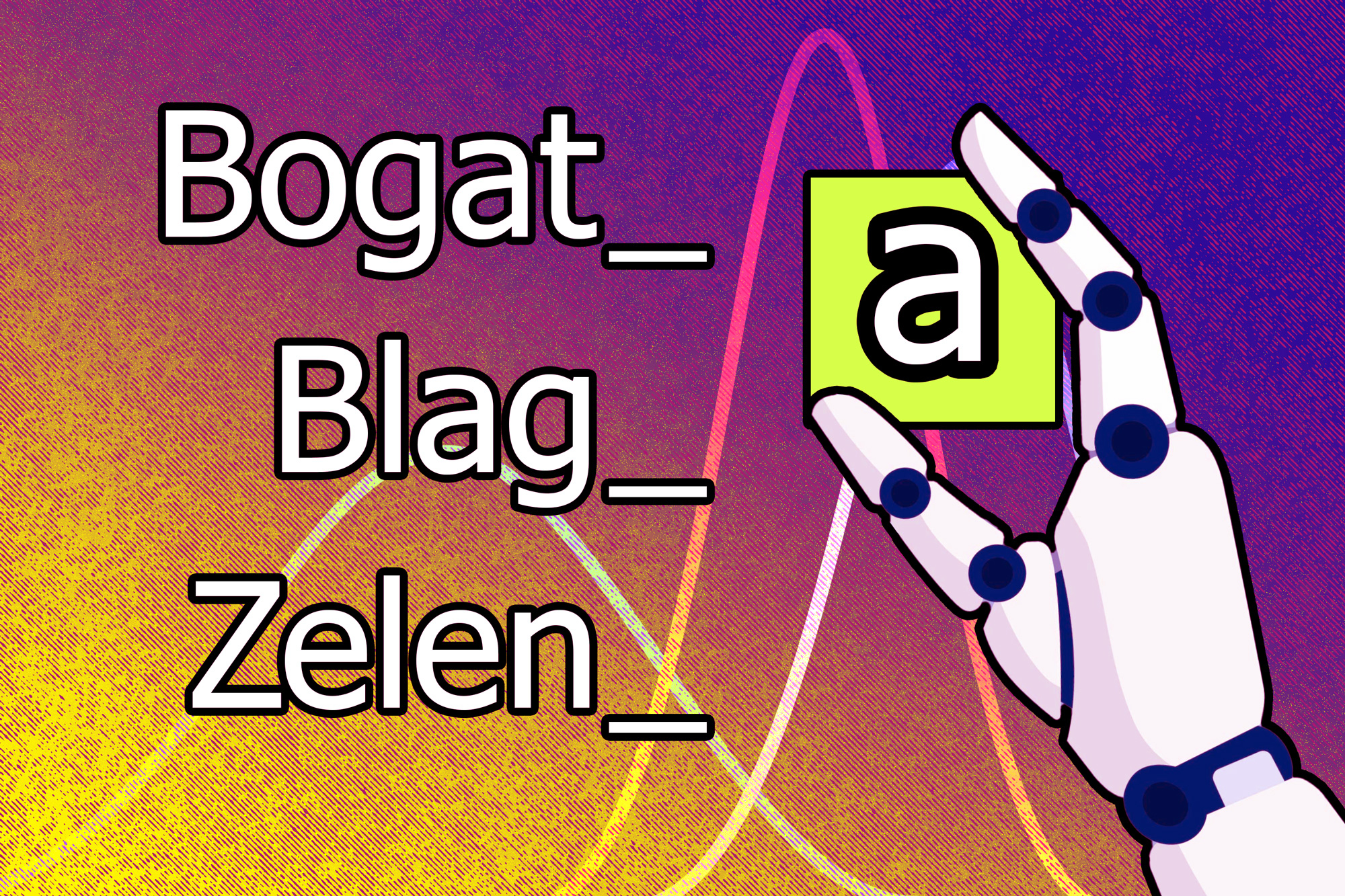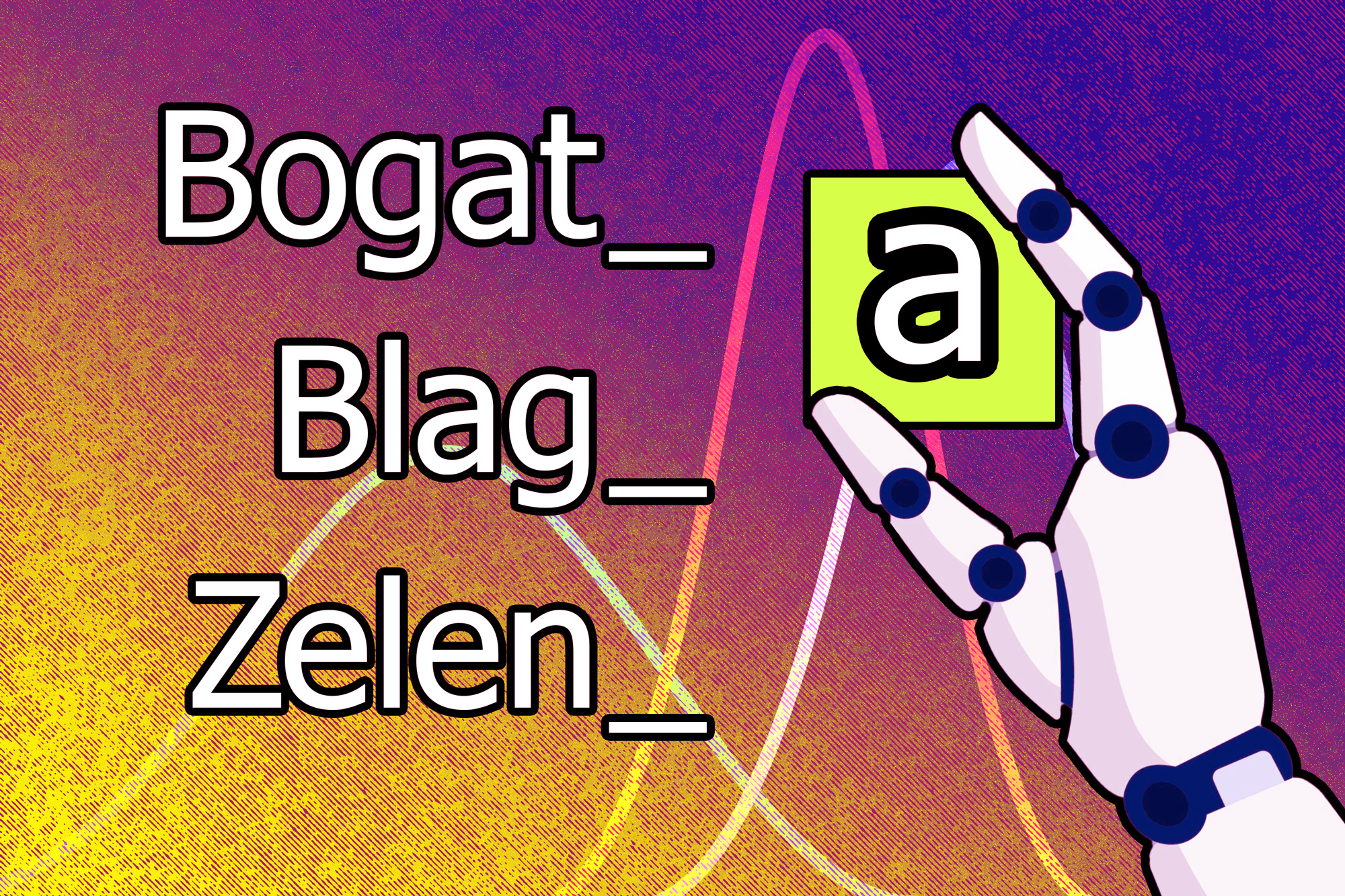
Human languages are notoriously complicated, and linguists have lengthy thought it might be unattainable to show a machine the best way to analyze speech sounds and phrase buildings in the way in which human investigators do.
However researchers at MIT, Cornell College, and McGill College have taken a step on this path. They’ve demonstrated a man-made intelligence system that may study the foundations and patterns of human languages by itself.
When given phrases and examples of how these phrases change to specific totally different grammatical capabilities (like tense, case, or gender) in a single language, this machine-learning mannequin comes up with guidelines that designate why the types of these phrases change. As an illustration, it’d study that the letter “a” should be added to finish of a phrase to make the masculine type female in Serbo-Croatian.
This mannequin may routinely study higher-level language patterns that may apply to many languages, enabling it to attain higher outcomes.
The researchers educated and examined the mannequin utilizing issues from linguistics textbooks that featured 58 totally different languages. Every downside had a set of phrases and corresponding word-form modifications. The mannequin was capable of provide you with an accurate algorithm to explain these word-form modifications for 60 p.c of the issues.
This technique may very well be used to check language hypotheses and examine refined similarities in the way in which numerous languages remodel phrases. It’s particularly distinctive as a result of the system discovers fashions that may be readily understood by people, and it acquires these fashions from small quantities of knowledge, akin to just a few dozen phrases. And as a substitute of utilizing one huge dataset for a single job, the system makes use of many small datasets, which is nearer to how scientists suggest hypotheses — they have a look at a number of associated datasets and provide you with fashions to clarify phenomena throughout these datasets.
“One of many motivations of this work was our need to check techniques that study fashions of datasets that’s represented in a approach that people can perceive. As a substitute of studying weights, can the mannequin study expressions or guidelines? And we wished to see if we might construct this technique so it might study on an entire battery of interrelated datasets, to make the system study a bit of bit about the best way to higher mannequin every one,” says Kevin Ellis ’14, PhD ’20, an assistant professor of pc science at Cornell College and lead creator of the paper.
Becoming a member of Ellis on the paper are MIT college members Adam Albright, a professor of linguistics; Armando Photo voltaic-Lezama, a professor and affiliate director of the Pc Science and Synthetic Intelligence Laboratory (CSAIL); and Joshua B. Tenenbaum, the Paul E. Newton Profession Growth Professor of Cognitive Science and Computation within the Division of Mind and Cognitive Sciences and a member of CSAIL; in addition to senior creator
Timothy J. O’Donnell, assistant professor within the Division of Linguistics at McGill College, and Canada CIFAR AI Chair on the Mila – Quebec Synthetic Intelligence Institute.
The analysis is revealed as we speak in Nature Communications.
language
Of their quest to develop an AI system that might routinely study a mannequin from a number of associated datasets, the researchers selected to discover the interplay of phonology (the research of sound patterns) and morphology (the research of phrase construction).
Information from linguistics textbooks supplied a really perfect testbed as a result of many languages share core options, and textbook issues showcase particular linguistic phenomena. Textbook issues may also be solved by school college students in a reasonably easy approach, however these college students usually have prior information about phonology from previous classes they use to motive about new issues.
Ellis, who earned his PhD at MIT and was collectively suggested by Tenenbaum and Photo voltaic-Lezama, first realized about morphology and phonology in an MIT class co-taught by O’Donnell, who was a postdoc on the time, and Albright.
“Linguists have thought that with a view to actually perceive the foundations of a human language, to empathize with what it’s that makes the system tick, you must be human. We wished to see if we will emulate the varieties of information and reasoning that people (linguists) deliver to the duty,” says Albright.
To construct a mannequin that might study a algorithm for assembling phrases, which known as a grammar, the researchers used a machine-learning method referred to as Bayesian Program Studying. With this system, the mannequin solves an issue by writing a pc program.
On this case, this system is the grammar the mannequin thinks is the most probably clarification of the phrases and meanings in a linguistics downside. They constructed the mannequin utilizing Sketch, a preferred program synthesizer which was developed at MIT by Photo voltaic-Lezama.
However Sketch can take plenty of time to motive in regards to the most probably program. To get round this, the researchers had the mannequin work one piece at a time, writing a small program to clarify some knowledge, then writing a bigger program that modifies that small program to cowl extra knowledge, and so forth.
In addition they designed the mannequin so it learns what “good” packages are likely to seem like. As an illustration, it’d study some normal guidelines on easy Russian issues that it might apply to a extra complicated downside in Polish as a result of the languages are related. This makes it simpler for the mannequin to resolve the Polish downside.
Tackling textbook issues
After they examined the mannequin utilizing 70 textbook issues, it was capable of finding a grammar that matched your entire set of phrases in the issue in 60 p.c of instances, and accurately matched many of the word-form modifications in 79 p.c of issues.
The researchers additionally tried pre-programming the mannequin with some information it “ought to” have realized if it was taking a linguistics course, and confirmed that it might resolve all issues higher.
“One problem of this work was determining whether or not what the mannequin was doing was affordable. This isn’t a scenario the place there’s one quantity that’s the single proper reply. There’s a vary of doable options which you would possibly settle for as proper, near proper, and many others.,” Albright says.
The mannequin usually got here up with sudden options. In a single occasion, it found the anticipated reply to a Polish language downside, but in addition one other appropriate reply that exploited a mistake within the textbook. This exhibits that the mannequin might “debug” linguistics analyses, Ellis says.
The researchers additionally carried out assessments that confirmed the mannequin was capable of study some normal templates of phonological guidelines that may very well be utilized throughout all issues.
“One of many issues that was most stunning is that we might study throughout languages, but it surely didn’t appear to make an enormous distinction,” says Ellis. “That means two issues. Possibly we’d like higher strategies for studying throughout issues. And perhaps, if we will’t provide you with these strategies, this work will help us probe totally different concepts we now have about what information to share throughout issues.”
Sooner or later, the researchers wish to use their mannequin to seek out sudden options to issues in different domains. They might additionally apply the method to extra conditions the place higher-level information may be utilized throughout interrelated datasets. As an illustration, maybe they may develop a system to deduce differential equations from datasets on the movement of various objects, says Ellis.
“This work exhibits that we now have some strategies which might, to some extent, study inductive biases. However I don’t assume we’ve fairly discovered, even for these textbook issues, the inductive bias that lets a linguist settle for the believable grammars and reject the ridiculous ones,” he provides.
“This work opens up many thrilling venues for future analysis. I’m notably intrigued by the likelihood that the strategy explored by Ellis and colleagues (Bayesian Program Studying, BPL) would possibly converse to how infants purchase language,” says T. Florian Jaeger, a professor of mind and cognitive sciences and pc science on the College of Rochester, who was not an creator of this paper. “Future work would possibly ask, for instance, beneath what further induction biases (assumptions about common grammar) the BPL strategy can efficiently obtain human-like studying conduct on the kind of knowledge infants observe throughout language acquisition. I believe it might be fascinating to see whether or not inductive biases which are much more summary than these thought-about by Ellis and his group — akin to biases originating within the limits of human info processing (e.g., reminiscence constraints on dependency size or capability limits within the quantity of data that may be processed per time) — could be adequate to induce some of the patterns noticed in human languages.”
This work was funded, partially, by the Air Drive Workplace of Scientific Analysis, the Middle for Brains, Minds, and Machines, the MIT-IBM Watson AI Lab, the Pure Science and Engineering Analysis Council of Canada, the Fonds de Recherche du Québec – Société et Tradition, the Canada CIFAR AI Chairs Program, the Nationwide Science Basis (NSF), and an NSF graduate fellowship.

